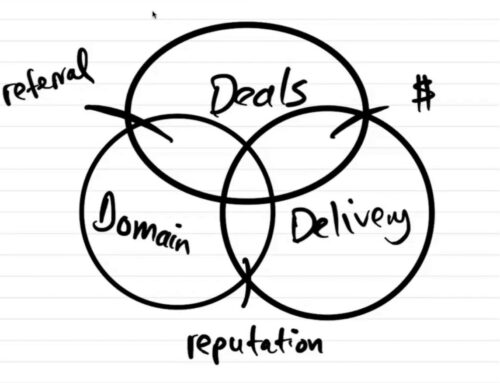Creating Culture and Productivity with Your Team with Michael Young, Brant Cooper and Robert Swisher
Two critical components in a start-up or any business are creating culture and productivity with your team. Joining us to share their experiences and sagacity is a roundtable of CTOs from the tech field: Robert Swisher of biproxi, Brant Cooper of Moves The Needle and Michael Young, technology management consultant.
Today we talk about engineering culture, product management, and KPIs. We also discuss the crucial question: how do you measure productivity? While no one has the final, definitive answer, everyone weighs in with perceptive knowledge. Join us to hear it on this edition of CTO Studio.
In this episode, you’ll hear:
- When is a good time to bring in a CTO? (6:50)
- How does product management fit into technical due diligence? (10:05)
- How do you structure your teams to fuel product innovation? (20:35)
- Why focusing on a person’s potential is more powerful than focusing on their mistake. (37:55)
- Why is it so much harder to measure technology team productivity than other teams like sales and marketing? (48:30)
- And so much more!
We begin with talking to Michael Young: Michael’s been in the tech world for over 25 years, and has been a chief architect or CTO for about 18 of those years including the very successful Redfin and Classy. Now he’s putting that knowledge to use as a technical due diligence and technology management consultant.
Today he works on the other side helping private equity and investors through the due diligence process, much of which is translating the technology from bits and bites into its value in the business world. He’s basically a bridge between investors and financers and the people in tech.
Michael and his team mostly focus on business SaaS so mostly what he sees are people who look at business problems and come up with well-optimized systems as solutions. It might be a new platform for dentist offices to interact with customers. His investors also tend to zig when others are zagging, so he hasn’t worked on a business deal in Silicon Valley.
Of those deals he has worked on, how many have been with the CTO versus with the whole founding team? He explains the purpose of technical due diligence is really to focus on the technical team.
By and large they are talking to the CTO, but often times there is no CTO. In those instances, who he and his team speak with can vary. It might be the CEO who is very technical or a COO who is running the engineering team. Or they might talk with the technical leads or senior developer/engineer because there really is no executive with technical knowledge.
Which raises the question: when is a good time to bring in a CTO? Michael says the earlier the better. But he has seen companies that reach several million in revenue without one and their business looks good. Somehow they figured out how to get to that point without a CTO. And investors don’t see this as a downside because their businesses have real revenue and good cash flow so they can see the value in the business itself.
We next talk about product managers and why there haven’t been as many PMs in San Diego, before talking about Brant’s company and New York Times best-selling book of the same name: Moves The Needle.
The idea is to bring the entrepreneurial spirit to very large enterprises, a combination of design thinking, empathy work, experimentation through lean start-up practices and principles, as well as how to make decisions based on the evidence in front of you.
They also organize these large enterprises into teams using Agile principles, and these are a variety of teams including product, commercialization, front line teams, C suite teams, etc. From there these teams figure out how to balance between what needs to be executed on and what they need to learn about using empathy and experimentation techniques.
The word that stands out for me is empathy: does that mean these teams may be lacking in empathy or are unaware they are lacking?
Brant says it goes back to an earlier discussion about how start-ups and other companies are often divided into the technical side and the product side. And then as the company grows there are other divisions that arise: customer support, sales, marketing, etc.
And there are rules among all of those areas of the company about what the different teams are allowed to do and how they are allowed to interact with other teams and each other. One thing he often sees is the more a company matures the fewer people are allowed to talk to customers. As that happens more silos are created and a company becomes less and less agile – they have no idea what problems they are solving.
The purpose of Moves The Needle is to use lean innovation principles to get people back to problem-solving: engineers should be going out and getting empathy for the customers. When that happens, the engineers build products to solve people’s problems. They are building solutions for their customers.
We also talk about connecting team structure and productive, as well as culture creation and why it isn’t the same as offering certain perks, those are just two of the insightful conversation topics you’ll hear when you tune in to today’s CTO Studio.
Episode Resources:
Dare to Lead, by Brene Brown
Multipliers, by Liz Wiseman
Share This Story, Choose Your Platform!
Related Podcasts




